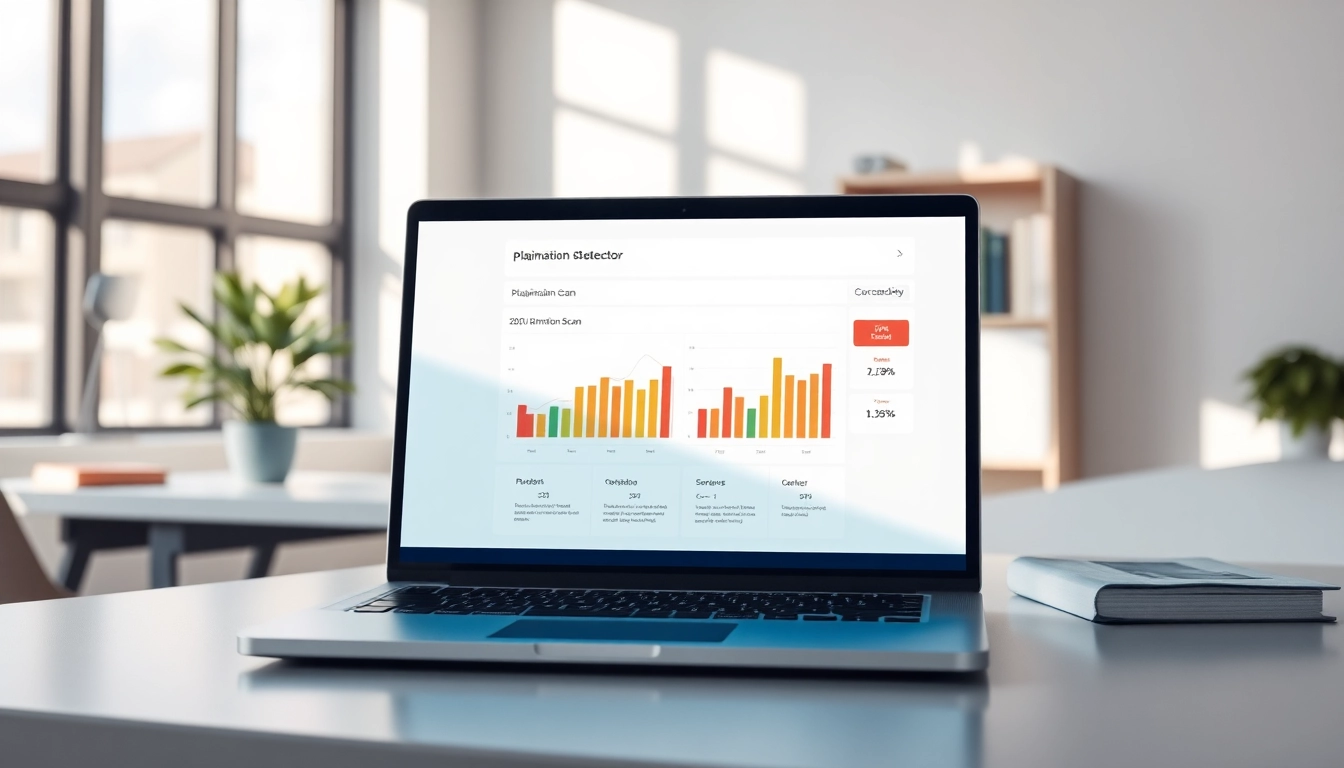Understanding Plagiarism and Its Implications
Plagiarism is a contentious issue in the academic and professional domains, impacting reputation, ethics, and even legal integrity. In a world where knowledge is disseminated rapidly, understanding what constitutes plagiarism is crucial for anyone engaged in writing, research, or content creation. Implementing a reliable plagiarism detector can aid in promoting originality and integrity.
What Constitutes Plagiarism?
Plagiarism occurs when an individual presents someone else’s work, ideas, or intellectual property as their own without proper attribution. This can take various forms, including direct copying, paraphrasing without credit, and using images or data without permissions. The severity of plagiarism can vary; for example, deliberate acts of theft are considered more severe than accidental plagiarism that occurs from loose paraphrasing.
Legal and Ethical Aspects of Plagiarism
Legally, plagiarism can lead to copyright infringement claims, exposing individuals and institutions to lawsuits. Ethically, it undermines the value of authentic scholarship. Institutions often have strict policies outlining the consequences of plagiarism, which can range from retraction of published work to expulsion from academic programs. The moral implications extend beyond immediate repercussions, as they compromise the trust and credibility within academic and professional communities.
Consequences for Students and Professionals
The consequences of plagiarism extend beyond punitive measures; they can severely damage a student’s academic reputation and professional career. For students, plagiarism can lead to failing grades, loss of college admission, and a tarnished academic record. Professionals may face job termination, loss of credibility in their field, and potential legal repercussions. Additionally, the psychological impact of being accused of plagiarism can lead to stress and anxiety, further complicating an individual’s capacity to create original content.
How a Plagiarism Detector Works
Understanding the mechanics of plagiarism detection can help users select appropriate tools for maintaining integrity in their writing processes. Most plagiarism detectors utilize complex algorithms and extensive databases to identify instances of copied content.
Core Technologies Behind Plagiarism Detection
Modern plagiarism detection tools utilize a combination of techniques including string matching algorithms, fingerprinting, and semantic analysis. String matching identifies exact matches between documents, while fingerprinting creates unique identifiers for texts based on their content. Semantic analysis interprets the context of phrases and ideas, allowing for the detection of paraphrased material, even when the wording is significantly altered.
Types of Content Checked by Plagiarism Detectors
Plagiarism detectors can analyze a variety of content types, including academic papers, articles, websites, and even computer code. Some tools specialize in checking both text and non-text components such as images and datasets, providing a comprehensive approach to content originality verification.
Limitations of Automated Plagiarism Checkers
While plagiarism detectors are invaluable tools, they are not infallible. Limitations include difficulties in detecting plagiarism from non-public databases, issues with precision when dealing with common phrases, and the inability to understand nuances in context. Moreover, some tools may offer false positives, highlighting correctly cited material as plagiarized. Users should be aware of these limitations and supplement automated checks with human oversight.
Choosing the Right Plagiarism Detector
Selecting an appropriate plagiarism detector involves evaluating various options to identify which tool aligns best with your needs. Factors such as the type of content, intended use, and budget considerations come into play in this decision-making process.
Free vs. Paid Plagiarism Detection Tools
Free plagiarism detectors often provide basic functionalities suitable for students and casual users. However, paid services tend to offer advanced features such as databases of academic publications, more robust algorithms, and greater accuracy. For those engaged in professional or academic writing, investing in a premium plagiarism detector is often justified to ensure comprehensive content checks.
Key Features to Look For
When choosing a plagiarism detector, consider the following features:
- Database Size: A larger database can provide more comprehensive checks, as it covers a wider range of sources.
- Real-Time Feedback: Tools that offer instantaneous results can be more effective for real-time writing environments.
- Multiple File Formats: The ability to check various document types (PDF, Word, etc.) can enhance usability.
- Report Generation: Comprehensive reports that highlight suspicious content and provide suggestions for improvement are invaluable for a user’s learning process.
Comparative Analysis of Popular Tools
Several plagiarism detection tools are widely recognized for their effectiveness. Here’s a brief comparison:
- Grammarly: Primarily known for its writing assistance capabilities, Grammarly also includes a robust plagiarism checking feature integrated into its platform.
- Turnitin: Widely used in academic institutions, Turnitin offers comprehensive plagiarism detection focused on academic integrity.
- Copyleaks: This tool specializes in scanning large volumes of content, making it suitable for both students and businesses.
Best Practices for Ensuring Originality
Creating original content requires conscientious effort and the right practices to ensure your work remains authentic. Here are some strategies to keep in mind:
Effective Research and Note-Taking Techniques
Successful research is closely tied to effective note-taking. Develop a system to properly organize your notes, ensuring that you track sources and contextualize information accurately. Digital tools like citation managers can simplify this process, making it easier to reference materials correctly.
Citing Sources Properly to Avoid Plagiarism
Proper citation serves not only as a form of credit to original authors but also safeguards against plagiarism claims. Familiarize yourself with citation styles relevant to your field, such as APA, MLA, or Chicago. Consistent and accurate citation practices promote academic integrity and respect for intellectual property.
Utilizing Plagiarism Detectors for Quality Assurance
As a final measure, regularly utilizing plagiarism detectors during your writing process can serve as an effective quality assurance check. By submitting drafts to a plagiarism tool, authors can glean insights into potential issues, allowing time for revisions before final submission.
Advanced Features of Modern Plagiarism Detectors
The evolution of technology has led to the development of advanced plagiarism detection features that address the needs of modern users.
AI Integration in Detection Algorithms
Artificial Intelligence enhances plagiarism detection capabilities by improving the accuracy of content analysis. AI algorithms can analyze context and semantics more finely, differentiating original ideas from derived ones, thus minimizing false positives that less sophisticated systems might generate.
User-Friendly Interfaces and Reporting Tools
Modern tools are increasingly designed with user experience in mind, featuring intuitive interfaces that simplify the checking process. Moreover, advanced reporting tools summarize findings in a clear, actionable manner, enabling users to understand issues quickly and make requisite adjustments.
Future Trends in Plagiarism Detection Technology
As technology advances, future plagiarism detectors may incorporate features such as blockchain for source tracing and machine learning for adaptive learning based on user habits. The focus will continue to be on enhancing accuracy, reducing false positives, and integrating capabilities to detect paraphrasing effectively.



